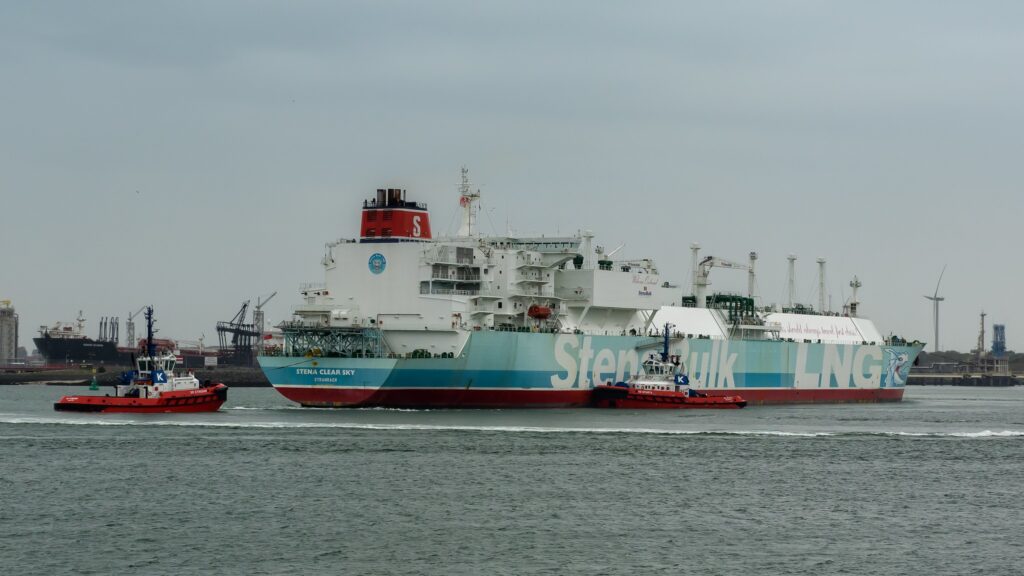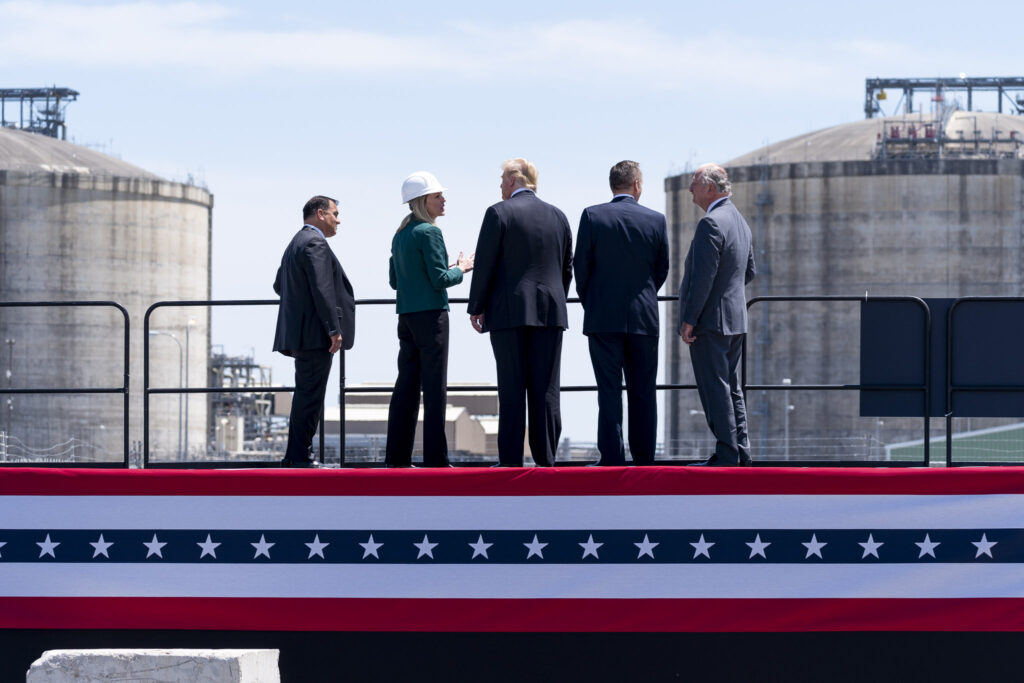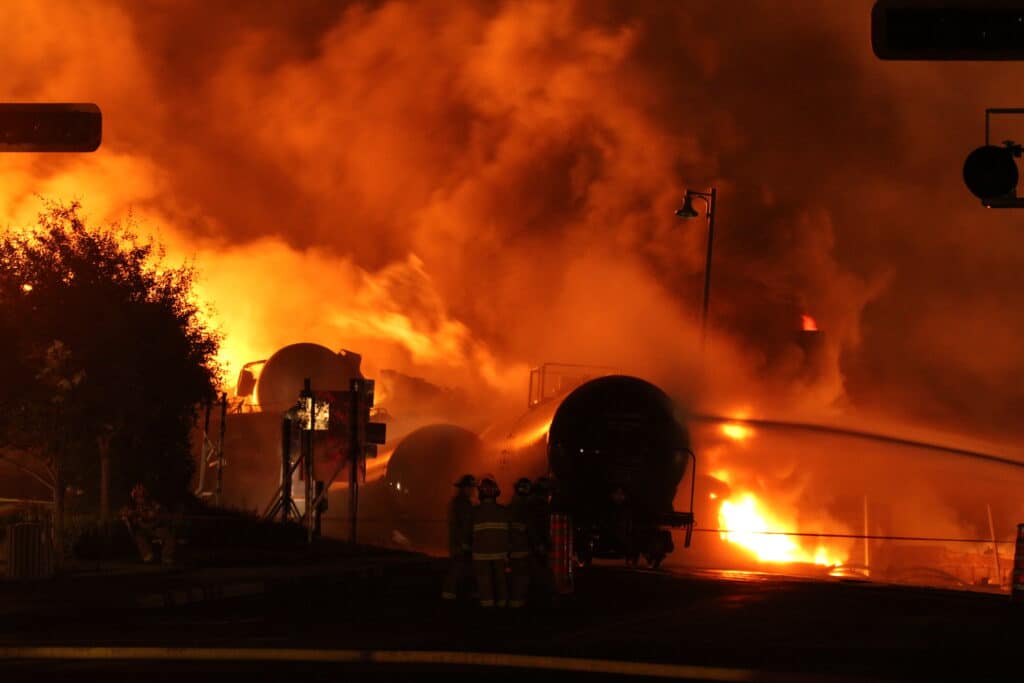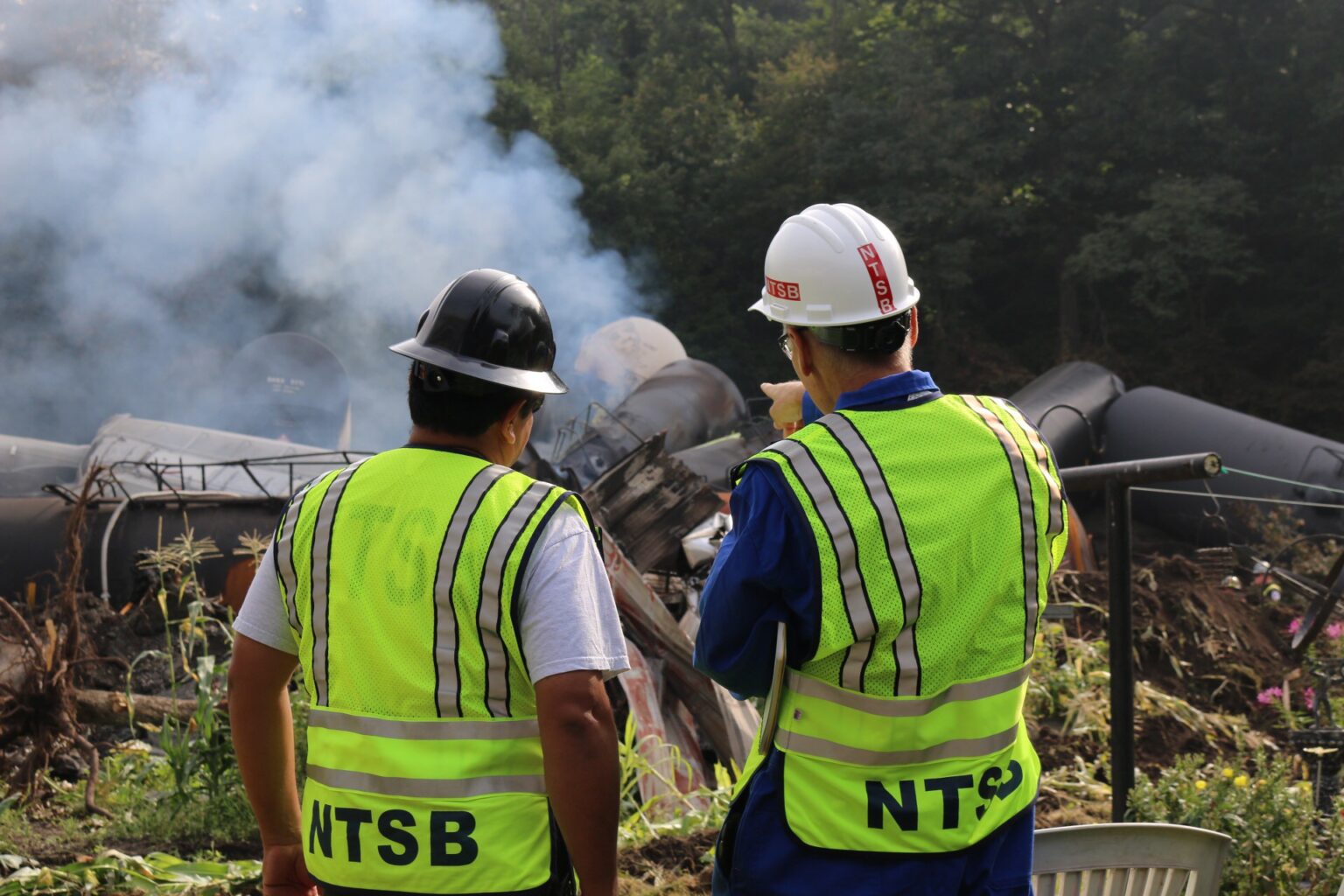In July of 2013, a train carrying Bakken oil from North Dakota derailed and exploded in Lac-Mégantic, Quebec, killing 47 people and destroying the downtown. I spent the five years after that accident researching what happened, following the railroad regulatory process that spans the U.S.-Canada border, and publishing a book about that experience. The main lesson of that book was that the regulatory process in America is deeply flawed and controlled by industry — both rail and oil interests.
As we approach the 10-year anniversary of Lac-Mégantic, the disaster in East Palestine shows just how little was done to protect the public from these dangerous trains. Meanwhile, the public is facing new rail risks that are receiving scant attention — and once again federal regulators are allowing industry to move forward without proper consideration of the health and safety risks. I live three blocks from a busy rail line and what worries me the most when I hear the trains rumble past is not that they’re carrying vinyl chloride or even Bakken oil, but the looming risk of mile-long trains of liquefied natural gas (LNG) and hydrogen.
In 2019, then-President Trump issued an executive order to fast-track new regulations that would allow shipping liquefied natural gas by rail without any meaningful guardrails on its transport.
But Earthjustice and other organizations sued the administration over this move, citing the perils. “It would only take 22 tank cars to hold the equivalent energy of the Hiroshima bomb,” according to Earthjustice attorney Jordan Luebkemann.
Modeling by the Pipeline and Hazardous Materials Safety Administration (PHMSA) estimates that for a train pulling 100 tank cars of LNG and traveling at 40 miles per hour, a derailment is expected to cause four punctures in the tank cars.
The Biden administration is reviewing this Trump-era regulation, but the only sensible option is to ban the movement of LNG-by-rail.
Over the last year, Russia’s invasion of Ukraine has upset global energy markets, giving a big boost to plans to increase exports of American LNG overseas and placing pressure to move as much LNG as possible as quickly as possible — including by rail.

In recent comments, Jennifer Homendy, the head of the National Transportation Safety Board (NTSB), left little doubt about this country’s ability to protect the public from the risks of the rail industry. She called the East Palestine accident “100 percent preventable.” So why didn’t U.S. regulators require railroad companies to put in place the safety measures that could have prevented it?
Again and again, the rail industry claims that to achieve that level of safety simply costs too much. But at the same time rail companies like Norfolk Southern, the corporation responsible for the East Palestine disaster, are spending billions buying back their own stock to enrich rail executives and investors.
Sadly, nothing about the East Palestine disaster is surprising. It was a nearly two mile-long train. Longer trains derail more often, but there are no regulations on train length. In addition, track defects are the leading cause of derailment, but there are no regulations on track wear. Many Americans are now learning that most — if not all — of the trains that operate in their country have “Civil War-era” braking technology. Other countries like Australia and South Africa use modern electronically controlled pneumatic (ECP) brakes — the train equivalent of anti-lock brakes on a car — but the rail industry in the U.S. fought against the Obama administration when in 2015 it enacted regulations requiring ECP brakes on trains carrying hazardous materials. Why? They claimed the costs outweigh the benefits.
The Trump administration took a proudly deregulatory approach to rail safety, ditching regulations requiring trains to be staffed by at least two crew members and repealing the Obama-era regulations calling for ECP brakes. But it also put the public at great danger when then-President Trump tried to push through LNG-by-rail — without mandating those trains have ECP brakes.

However, another new risk is on the horizon, and it is beginning with eerie echoes of the circumstances that led to the Lac-Mégantic disaster, which involved long trains carrying oil. The reason so much oil was being moved by rail in 2013 and the following years was due to the fracking boom in North Dakota. In 2010 North Dakota produced 310,000 barrels of oil per day, but by 2015, producers were pumping 1.2 million barrels per day out of a region with limited pipelines connected to refineries and buyers.
As a result, the oil and gas industry quickly built the oil train transloading facilities to load their volatile product onto the existing rail lines — with no new regulations — and then put that oil in train tank cars designed for corn oil. In 2014, the NTSB said using these tank cars for Bakken oil was an “unacceptable public risk,” but it was a risk the oil and rail industries were willing to take. And federal regulators and Congress didn’t stand in the way. These tank cars, known as DOT-111s, were involved in the East Palestine disaster and some ruptured in the derailment.
Federal regulators are once again asking the rail industry to volunteer to stop using these dangerous cars. In 2014 I wrote about these tank cars’ safety risks and predicted the industry would continue using them. At this point, it seems naive to ask rail companies to volunteer to improve safety.
The U.S. is currently poised to experience a huge increase in the production of hydrogen, spurred in part by the 2022 Inflation Reduction Act. Using hydrogen as an energy carrier will be critical to decarbonizing tricky areas of the economy including oil refining, fertilizer production, and steel.
But this element is both highly flammable and explosive — recall that the infamous Hindenburg airship that caught fire and killed dozens in 1937 was filled with hydrogen. At this point, the burgeoning hydrogen industry does not have any new rules in place around its production or transport. Very little hydrogen is currently moved by rail, but as the rules currently stand, it is allowed on trains without requiring ECP brakes. The company Bakken Energy is proposing to build a new hydrogen production project in North Dakota, and in January 2023 signed a memorandum of understanding with railway BNSF to move that hydrogen by rail. Coincidentally, BNSF did the same to haul Bakken oil by rail from North Dakota a decade earlier.

This past December, PHMSA, the lead federal agency that regulates the transport of hazardous materials, held a major annual meeting in Houston to “share important safety information with the public and industry as well as gather input to inform future rulemaking decisions.” In the closing remarks, Alan Mayberry, Associate Administrator of the PHMSA Office of Pipeline Safety, commented on regulators’ current thinking about the need for new hydrogen regulations, which appears to be that the agency is still trying to get up to speed on the issue and that any potential new regulations — or even advisories for emergency responders — are likely years away.
“Kind of scratching our head on the next step,” he said.
These kinds of comments from regulators don’t inspire confidence if BNSF starts moving trains 100 cars long filled with hydrogen across the country. In fact, it is exactly what happened with the Bakken oil that resulted in the Lac-Mégantic disaster a decade earlier. The energy and rail industries chase profits with risky behavior until something goes very wrong, at which point there is a discussion about new safety regulations.
Deborah Hersman was the chair of the NTSB for much of the regulatory process following Lac-Mégantic. In 2014 she summed up the challenge of preemptively enacting safety regulations in America.
“[I’ve] seen a lot of difficulty when it comes to safety rules being implemented if we don’t have a high enough body count,” Hersman said.
There is an opportunity now to change this approach: to begin to hold the railroads accountable and to protect the public. Failure to do so now means that more communities along North America’s 170,000 miles of freight rail lines will join Lac-Mégantic and East Palestine as future “sacrifice zones.” All while rail companies continue to bank billions and claim they can’t afford to take basic safety measures.
The Biden administration should ban LNG-by-rail, as seven members of Pennsylvania’s congressional delegation urged the Department of Transportation in March. In addition, the administration must initiate comprehensive, science-based rule making for the transportation of hydrogen, by pipeline, train, or other methods, before the industry moves ahead. All trains moving hazardous materials must be required to have modern braking systems.
Without these steps, we will inevitably learn about the risks of moving hydrogen and LNG the same way we learned about the risks of moving Bakken oil by rail — with a major disaster that was 100 percent preventable.
Subscribe to our newsletter
Stay up to date with DeSmog news and alerts







